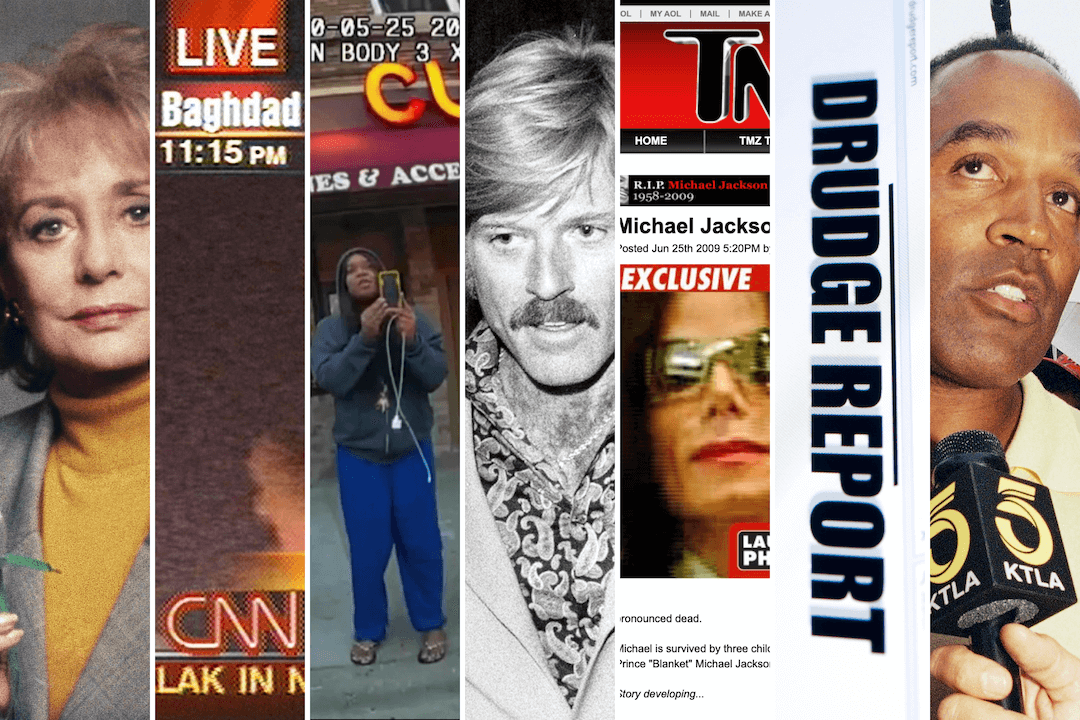Newtown Bee Associate Editor Shannon Hicks was at the newspaper’s offices about a mile and a quarter from Sandy Hook Elementary when she heard about a possible shooting at the school.
Hicks, a volunteer firefighter for the last three and a half years, heard the news through the police scanner, she said by phone Saturday night.
Hicks was one of the first people at the scene of the shooting, which left 20 children and seven adults dead, including the shooter. She was “behind the first dozen police officers,” said John Voket, also an associate editor at the paper, noting that the firehouse where Hicks is stationed shares a driveway with the school.
When Hicks got in the driveway, she started taking photographs immediately through the windshield of her car, with one hand on the steering wheel and one holding her camera, Voket said.
An early photo from the scene — which appeared ubiquitously during shooting coverage Friday morning and on Saturday’s front pages — might have been of the first cluster of evacuating students, he said.

- “The police and school system have a protocol” for evacuating, said Voket. “Children get into a conga line, shoulder to shoulder, and the only person that’s allowed to keep their eyes open is the locomotive at the front of the line, usually an adult. And every other kid has to keep their eyes closed from the minute they were exiting the classroom to when they got about a couple hundred yards into the parking lot.” That protocol protected the students from seeing the scene inside the school. (Shannon Hicks/Newtown Bee)
The Associated Press contacted the paper and asked for the photo, which the member news organization was happy to provide, Voket said.
Hicks was aware the photo was on the front page of Saturday’s New York Times (her mother told her), but was unaware it was on the cover of many other newspapers across the U.S.
“I’m conflicted,” she said. “I don’t want people to be upset with me, and I do appreciate the journalists, especially, who have commented, saying ‘We’re just documenting the news.’ ”
“It’s harder when it’s in your hometown and these are children we’re gonna watch grow up, the ones who made it. I know people are gonna be upset, but at the same time I felt I was doing something important.”
By the time Hicks’ fire company got a dispatch about the shooting, she was already on the scene as a newspaper editor, she said.
Voket arrived on the scene about 20 minutes after Hicks, he said, and when he did, Hicks “passed the baton” to him editorially.
“I literally put on my firefighter gear,” she said. “I was there as a firefighter probably for not even more than 20 minutes before my editor said he wanted me back in the office to work with him to coordinate coverage from there.”
Hicks returned to The Bee, where she has been an associate editor for six years, while Voket remained at the scene.
“We operate a little differently because our job is to take care of the community so we were inside helping to comfort victims and trying to provide human support without necessarily making reporting the number one priority,” Voket said. “The publisher came down to comfort some of the families a little later in the day.”
R. Scudder Smith has been publisher of the weekly paper since 1973; he is the fourth member of his family to run The Bee since they founded it in 1877. The paper, which has a full-time editorial staff of eight, circulates to about two-thirds of the community of about 29,000, Voket said.
At the time of the shooting, the paper had already closed its latest weekly edition, the AP reported, including a front page report on how well Newtown schools were meeting state standards.
To distribute news about the shooting, The Bee relied on digital technology. “We’ve been putting everything on our website,” Smith told the AP.
Unfortunately, the website was not accustomed to the traffic surge and it crashed multiple times until the Bee acquired “an intermediary service to supersize our bandwidth,” Voket said. “We got back up and running this morning.”
Meanwhile, the staff used social media to spread information about school lockdowns, re-routed traffic, and grief counseling.
“Facebook and Twitter accounts have been a lifeline to our community,” said Voket, “and it shows because 20 percent of the community are following us.”
The Bee will not rely exclusively on social media to reach the community, though. They are “looking at doing a special extra to be on the newsstands Monday,” Voket said. This would be “one of the only times the paper has done a special extra” edition in its 135-year history.
Hicks is not sure what’s next for the staff after the special edition. Saturday night, Voket told her, “Pace yourself, because we don’t think we’re going to get much of a break,” she said. “It’s going to be days and nights of trying to stay current.”








Comments